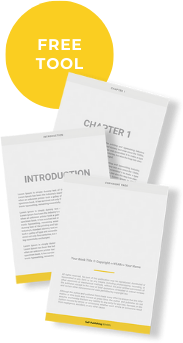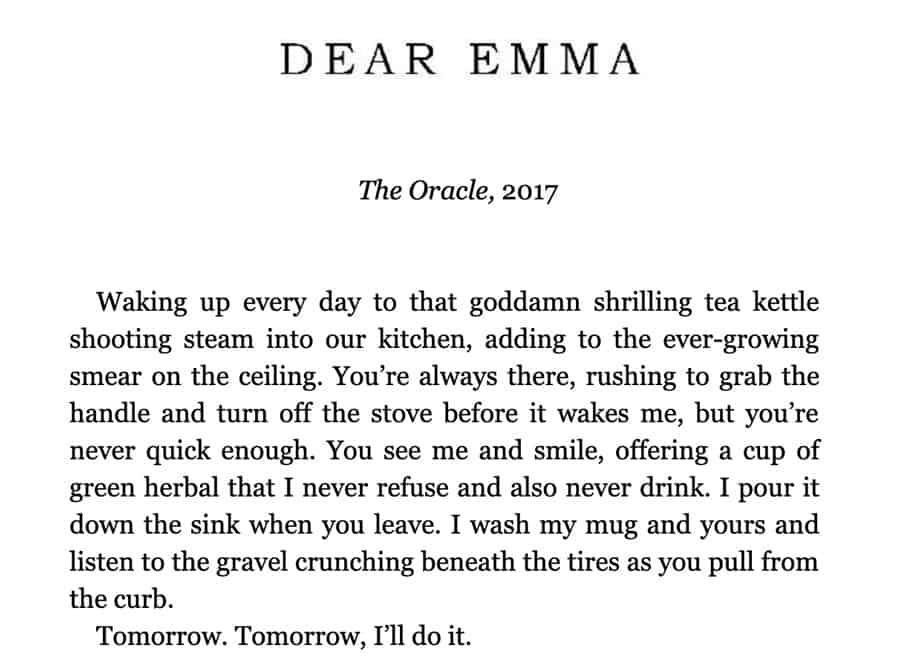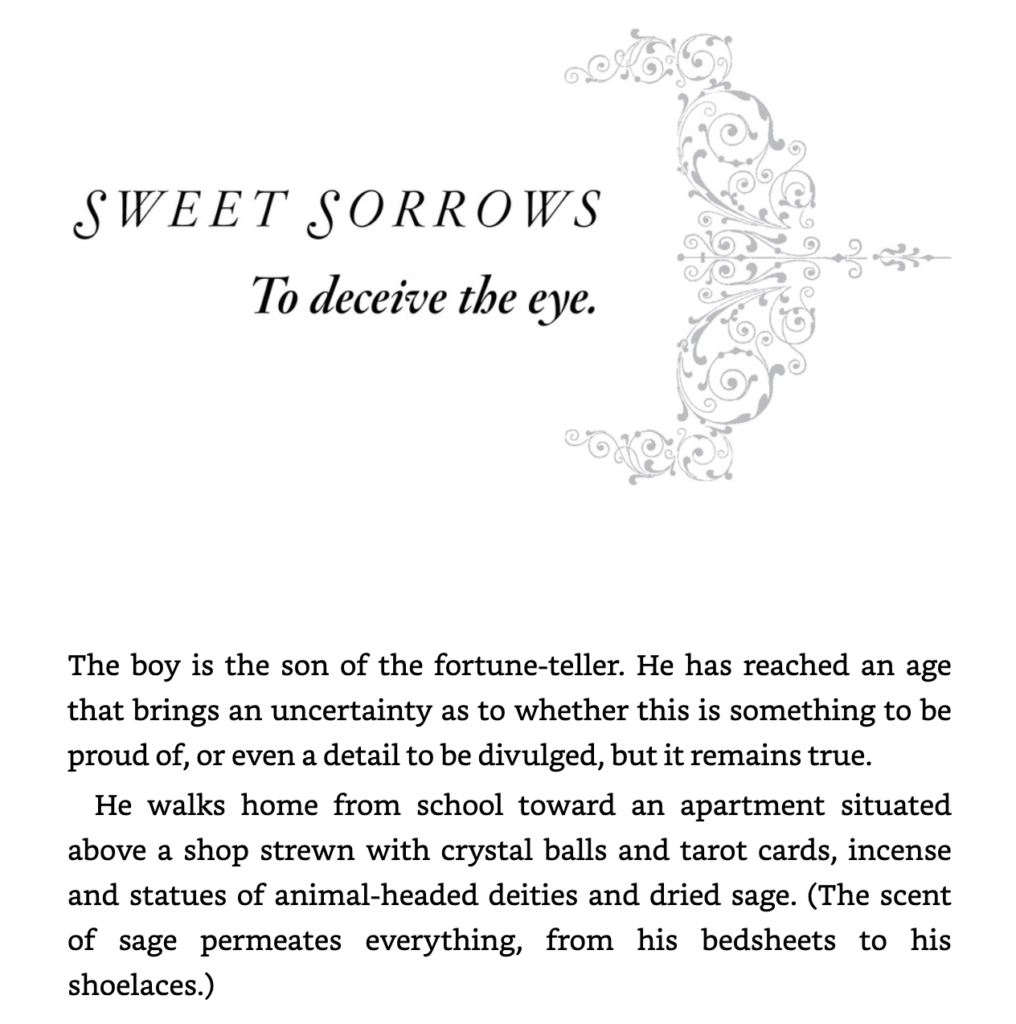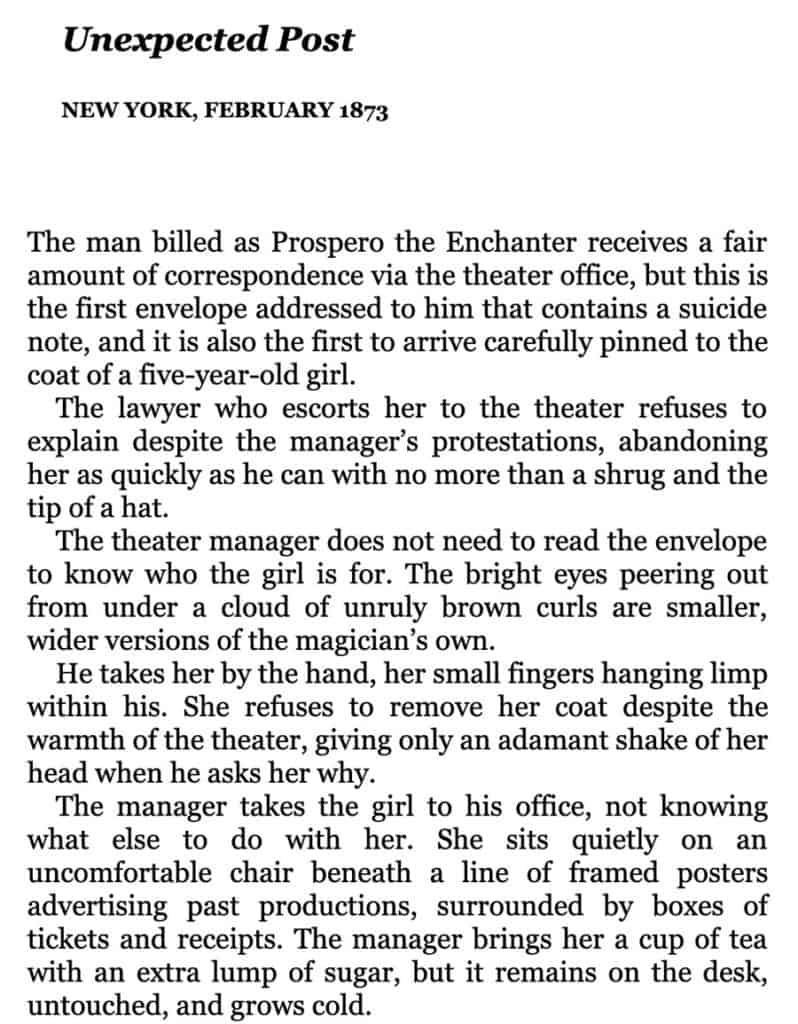Knowing the parts of a story are essential for getting your book right.
Without constructing your book with these in mind, you could be taking the book idea you really love and need to get out into the world and just throwing it away.
And that’s not to mention whether or not you’re setting yourself up for success when you publish…
But if you really want readers to not only experience your story but to enjoy it, keeping these parts of a story top of mind is crucial.
These are the different parts of a story:
- Characters
- Setting
- Plot
- Conflict
- Resolution
- Themes
- Morals
- Symbolism
- Point of view
- Perspective
- Ending


Book Outline Generator
Choose your Fiction or Nonfiction book type below to get your free chapter by chapter outline!
Book Outline Generator
Enter your details below and get your pre-formatted outline in your inbox and start writing today!
CONGRATULATIONS
Thanks for submitting! Check your email for your book outline template.
In the meantime, check out our Book Outline Challenge.

What are the parts of a story?
The main parts of a story consist of five elements: characters, setting, plot, conflict, and resolution. Great authors know how to harness these story elements with others we’ll cover in this post to write a memorable story.
There are infinite ways to write a book and tell a story.
You can use endlessly different story structures and styles, but when you write a novel or story, it is going to boil down to three fundamental elements: character, setting, and plot.
For the purposes of giving you all the tools you need to write a book worth buying, we’re going a tad deeper than the main 5 story elements, because we know the greats—authors like Stephen King and George R.R. Martin—use more than that.
Those five elements are your story’s main course, but what’s a meal without side dishes?
In addition to the main five above, we’re also going to cover more parts of a story, including themes, morals, symbolism, point of view, and perspective.
What they are, how to use them, and how all of these literary elements work together to make a complete and filling dinner–I mean story…I’m hungry.
Parts of a Story Great Authors Use to Write Memorable, Binge-Worthy Stories & Novels
Once you’ve got a solid story idea, the real work begins.
Here are the 10 essential parts of a story every writer needs to get it right. Without these, your story (whether you’re writing a short story or a full novel) will fall flat.
#1 – Characters
Your audience should feel different levels of closeness to your different characters, depending on if they’re main, secondary, or background characters.
But one key thing to keep in mind about including characters is, if your character is important enough to have a name, they’re important enough to have a goal.
What do your characters want? Their desire can be simple or complex, tangible or concept–maybe they want a job, a house, approval, a child, contentment. If your character doesn’t want something, they won’t be compelled to act.
If your character isn’t acting, they’re passive or they’re just a plot device. You want to avoid both, and this is usually accomplished through strong character development.
Here are a few tips for writing amazing characters in your story:
- Read our dedicated post about character development
- Highlight each character’s motivation
- Give them a backstory so they feel real
- Remember to give each core character an arc
- Allow characters to make mistakes (never have a “perfect” character)
- Create character weaknesses and flaws
Read these books to learn how characters can become a strong part of your story:
- Middlegame by Seanan McGuire
- Skullsworn by Brian Staveley
- Game of Thrones by George R.R. Martin
#2 – Setting
The setting of a story is when and where the events take place.
Aside from the physical location and position in time, your setting can include:
- weather
- political climate
- social norms
- cultural influences
Take the time to consider these aspects to build a complex world for your characters to interact with.
Particularly in fantasy and sci-fi worlds, a lot of planning goes into establishing a convincing and engaging story setting that can either add to your plot or take away from it.
#3 – Plot
Your plot is probably the most obvious part of a story. It’s the actual story–what happens, when, how, why, and what’s the result?
There are a lot of different ways to structure your plot, but in general, a plot arc has five main points:
- Set-up/exposition – The beginning part of your story where you establish the world, the characters, the tone, and your writing style.
- Rising action – The rising action is usually prompted by your inciting incident. Here, you escalate tension and problems, explore your characters. This is the biggest chunk of your book.
- Climax – This is the sort of “moment of truth.” The culmination of everything–the highest point of tension. The point the plot has been leading up to.
- Falling action – What goes up, must come down. This is where you resolve any subplots and side stories.
- Resolution – Wrap up, close loops, or open any other story loops to segue into a sequel.
Along with our three fundamental story elements, we can dive a little deeper and discuss conflict and resolution.
#4 – Conflict
Your conflict should rise throughout (peaking at the climax). The conflict is the part of your story where readers get bought-in. They want to see how the conflict unfolds and how it plays into the plot.
Here are some questions you can ask yourself (or your beta readers):
- Does the scene add to the overall plot?
- Does the scene advance internal or inter-character relationships?
- Does the scene add to a subplot?
- Does the scene answer or bring about any plot-crucial questions?
The conflict could lend to the overall plot, a subplot, conflict between characters, or even a smaller conflict that is resolved within that scene. For a story to be interesting, there needs to be conflict.
Scenes that don’t add to that are fluff.
STORY TIP: During the editing process, a good practice is to look at each scene and ask if there is conflict within it. If there isn’t, be sure it’s then crucial to the plot, otherwise it can probably be deleted.
#5 – Resolution
I want to talk a little more about resolution, since it’s so important. How you end your story is what will sit with readers the longest.
What’s the culmination of all we went through during the story?
What did the characters learn that led them to the decisions they ultimately made? By the end of your story, all of your conflicts should have a resolution.
In some cases, conflicts are intentionally left a bit open-ended without a solid resolution, but this should be done intentionally and there should be some sort of resolution, even if it’s an unsatisfying ending with a little remaining mystery.
Further boiling a story down will reveal elements like themes, morals, and symbolism, parts of a story that aren’t just about putting the writing together, but more about why you’re telling this specific story.


Book Outline Generator
Choose your Fiction or Nonfiction book type below to get your free chapter by chapter outline!
Book Outline Generator
Enter your details below and get your pre-formatted outline in your inbox and start writing today!
CONGRATULATIONS
Thanks for submitting! Check your email for your book outline template.
In the meantime, check out our Book Outline Challenge.

#6 – Themes
A theme is your story’s main takeaway. Your story can have one theme, or several.
The theme of your story helps to focus the narrative and answers the question: What’s the point?
Some examples of themes include:
- Coming of age–what struggles come with it, what’s good about it
- Forgiveness–trying to achieve it, avoiding it, accepting it
- Death–overcoming it, processing it, fearing it
- Love–overcoming it, processing it, fearing it (lol)
- Empowerment
- Displacement
- Motherhood
- Injustice
- Good versus bad
The list is literally endless.
What have your characters learned? How are they changed, and what will they affect now that they are different?
#7 – Morals
The moral of your story is related to theme–what message do you want your story to convey?
If the theme is what the character learned, you can think of the moral as what the reader learned.
Let’s take a coming-of-age narrative–what are possible morals in that type of story?
- Don’t grow up too fast
- Follow your dreams
- Listen to the wisdom of others
- Accept yourself as you are
- Appreciate where you are and what’s happening now
Consider what morals you want to convey, but avoid directly stating them when writing your book. This is part of the experience of reading your story…and that’s for the readers.
#8 – Symbolism
Symbolism is a literary device used to convey subtle meanings.
A symbol in your story can be anything from an object, a character archetype, an animal, an occurrence in nature to things like a window, an estranged father, a lion, a storm, a desk, a fire.
Symbols have meaning connected to them that can be universal, or they can be made-up symbolism for your unique world and story.
Here are some examples of symbolism in stories:
- A window might signify freedom, longing, hope.
- A lion might be bravery.
- A storm might be impending doom or threat.
- A desk could indicate creativity, work, neglect.
It all depends on the context of the story and the connotations you assign to your symbols.
Themes, morals, and symbolism are fun writing tools and parts of a story to work with, but be cautious of relying on them.
They’re icing and sprinkles–not the cupcake.
#9 – Point of view
The point of view of your story is simply who is telling the story. The most common in fiction are first-person, third-person limited, and third-person omniscient.
First-person POV:
First-person point of view (POV) is the main character telling the story. It uses the pronouns I, me, myself.
A strength of using first-person is that your reader will connect with your character very easily–the reader essentially becomes the character. If done well, this is a very intimate reading experience.
A weakness of first-person is that your storytelling is limited to that perspective. It’s difficult to tell an entire story with a single, first-person narrator. It can be done, but it takes more effort than it might with a different point of view.
Here’s a first-person point of view example from my collection of short stories, Little Birds.
Third-person limited POV:
Third-person is an outside narrator telling the story. It uses the pronouns he, she, they.
Even though it’s an outsider narrator, third limited keeps us in the point of view of our character(s)–the reader only knows what the character knows.
A strength of third-person point of view is the versatility. It’s much easier to have multiple point of view characters with third-person, as opposed to first. You can also flow between third limited and third omniscient in a novel.
The weakness is you don’t get the closeness to the character you have in first-person, though this can still be created through strong character development and using the rule of show, don’t tell.
Here’s an example of third person limited point of view from Erin Morgenstern’s The Starless Sea.
Third-person omniscient POV:
Third omniscient is when an outside, all-knowing narrator tells the story. Third omniscient can jump into any character’s thoughts and knows things about the story the characters might not know.
The omniscient narrator knows everything happening in the universe.
The obvious strength of third omniscient is ease of storytelling–you’re not limited to any one character’s knowledge.
The weakness is you’re even further from your character and it’s that much harder to forge a connection between your characters and your readers.
Author Erin Morgenstern does a great job with this point of view in her novel The Night Circus, seen below.
# 10 – Perspective
Even though “point of view” and “perspective” are often used in the writing community interchangeably, perspective is actually different.
Perspective in your story refers to the character’s interpretation of the world and their attitude toward it.
A character’s perspective can be determined by their personal story–their upbringing, their opinions, their socioeconomic status, their education level, etc.
Considering your character’s worldview when deciding their morals and actions will make your characters and story feel more authentic.
While you outline your book and story’s plot, characters, and setting, don’t forget to consider everything else we’ve covered.
These elements work together to tell a complete and engaging story.
Ready To Write and Publish YOUR Book?
Get the #1 Bestselling book on Amazon that teaches you step-by-step, chapter by chapter, how to write your first, or fifth, book using our easy-to-follow process!


Book Outline Generator
Choose your Fiction or Nonfiction book type below to get your free chapter by chapter outline!
Book Outline Generator
Enter your details below and get your pre-formatted outline in your inbox and start writing today!
CONGRATULATIONS
Thanks for submitting! Check your email for your book outline template.
In the meantime, check out our Book Outline Challenge.



